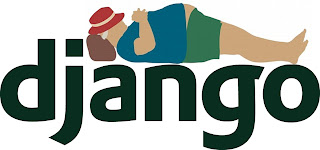Just got my new raspberry pi working. So, apart from the board that comes inside the box, one needs a micro usb power adapter (i use a phone charger), an sd card with the raspbian image (steps to write the raspbian image on the sd card image are well documented on elinux.org/R-Pi_Hub ), usb keyboard & mouse and an hdmi/composite display (i used a tv). After making all the connections, as soon as it is powered up, the pi boots in a config screen. RPi being a UK device, the default keyboard layout is British. One can change that from the config screen. Another useful thing to do is to expand the filesystem to span the entire sd card. After tweaking the config, it reboots into a standard bash shell. Log in using 'pi' and 'raspberry' as the credentials, type 'startx' and voila! Hello World!




